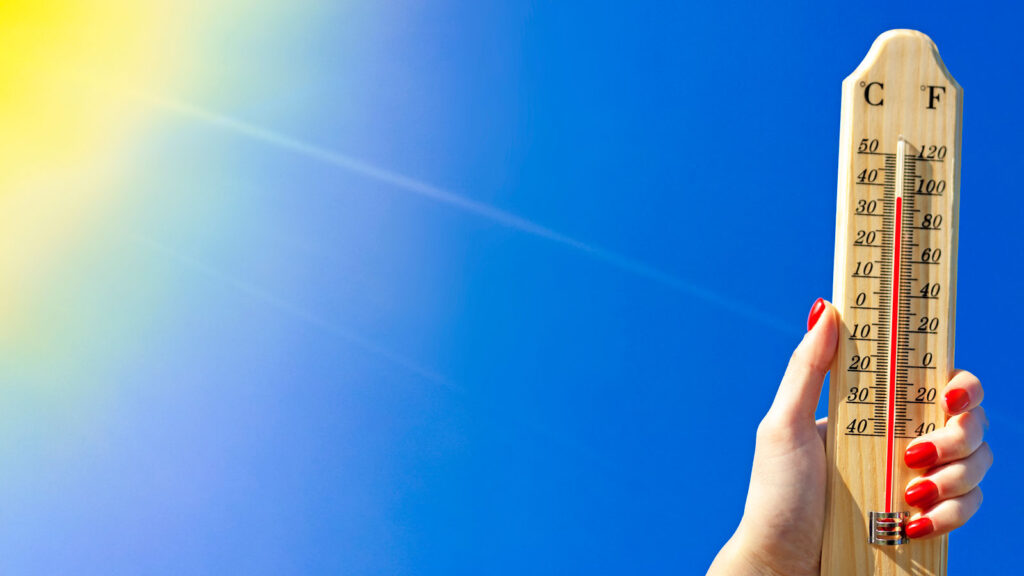Temperature is a key part of our daily lives—whether we’re checking the weather, cooking a recipe, or managing an industrial process. Often, we find ourselves needing to convert between Celsius (°C) and Fahrenheit (°F). One common value that people often need to convert is 55C to F. But what does 55°C really feel like? And how can you easily convert Celsius to Fahrenheit without needing a calculator? This article provides a full breakdown.
What Is 55°C in Fahrenheit?
To convert 55°C to °F, we use the standard temperature conversion formula:
°F=(°C×95)+32°F = (°C × \frac{9}{5}) + 32
Plugging in 55 for Celsius:
°F=(55×1.8)+32=99+32=131°F°F = (55 × 1.8) + 32 = 99 + 32 = 131°F
So, 55°C is equal to 131°F.
This temperature is extremely hot, well above average room temperature and even hotter than the typical hot day in most parts of the world. It is more commonly found in industrial processes, saunas, or extreme desert climates.
The Science Behind Celsius and Fahrenheit
Before we dive deeper into the real-world significance of 55c to f, it helps to understand the origin of the two temperature scales:
-
Celsius (°C): Developed by Anders Celsius, this scale is part of the metric system and is based on the freezing (0°C) and boiling (100°C) points of water.
-
Fahrenheit (°F): Created by Daniel Gabriel Fahrenheit, this scale sets the freezing point of water at 32°F and the boiling point at 212°F.
These two scales measure the same concept but are scaled differently, which is why conversions like 55c to f are necessary when switching between regions or industries.
Why You Might Need to Convert 55°C to Fahrenheit
You might wonder in what situations knowing that 55c to f is 131°F becomes useful. Here are a few examples:
1. Cooking and Baking
Some international recipes use Celsius, especially those from Europe. If an oven setting calls for 55°C, converting it tells you it equals 131°F, which is a very low baking temperature—often used for slow roasting or dehydrating.
2. Weather Reports
Though 55°C (131°F) is not common in most climates, certain regions like Death Valley in the United States or parts of the Middle East can approach this range during extreme heatwaves.
3. Industrial Settings
Industrial ovens, chemical processing, and manufacturing environments may involve temperatures in this range. Understanding 55c to f helps workers operate machinery safely and efficiently.
A Practical Temperature Conversion Chart
Here’s a quick reference to help you convert other Celsius temperatures to Fahrenheit:
| Celsius (°C) | Fahrenheit (°F) |
|---|---|
| 0 | 32 |
| 20 | 68 |
| 37 | 98.6 (Body Temp) |
| 55 | 131 |
| 100 | 212 (Boiling) |
From this chart, you can clearly see how warm 55°C really is compared to everyday temperatures.
How to Remember the 55c to f Conversion
Although the formula is straightforward, you may not always have it memorized. Here’s a simple mental trick to estimate Celsius to Fahrenheit:
-
Double the Celsius number.
-
Add 30.
So for 55°C:
55×2=110,110+30=140°F(estimation)55 × 2 = 110,\quad 110 + 30 = 140°F (estimation)
This approximation overshoots a bit, but it’s quite close to the actual 131°F and works well for everyday use.
Comparing 55°C (131°F) to Other Heat Levels
Let’s put 55°C or 131°F into perspective by comparing it to other temperatures:
-
Human body temperature: ~37°C (98.6°F)
-
Hot shower water: ~40–45°C (104–113°F)
-
Sauna: ~60–100°C (140–212°F)
-
Desert surface temperature: Up to 70°C (158°F)
As you can see, 55°C is on the edge of extreme heat. Prolonged exposure to such temperatures without proper cooling or hydration could be dangerous to health.
Digital Tools and Devices for Quick Conversion
Today, you don’t always need to do the math manually. Many tools can quickly convert 55c to f, such as:
-
Smartphone apps
-
Google search (type “55c to f”)
-
Smart assistants like Siri or Alexa
-
Weather and kitchen thermometers with dual-scale settings
These tools are especially useful in travel, scientific work, or international cooking.
The Importance of Temperature Awareness
Knowing how to convert 55c to f isn’t just academic—it can have real-world implications for health, safety, and comfort. Whether you’re traveling to a hot region, working in a heated environment, or preparing something temperature-sensitive, being aware of what 55°C means in Fahrenheit can help you make better decisions.
Final Thoughts
Understanding how to convert 55c to f reveals just how hot 55°C actually is. At 131°F, it represents a level of heat far above what most people experience day-to-day. From the kitchen to the laboratory, or even the desert, knowing this conversion helps you stay informed and safe.
Whether you’re using a calculator, an app, or simply your memory, temperature conversions are a handy skill that bridges science, travel, and lifestyle. The next time you see 55°C on a thermostat, now you know—it’s 131°F, and that’s seriously hot.


